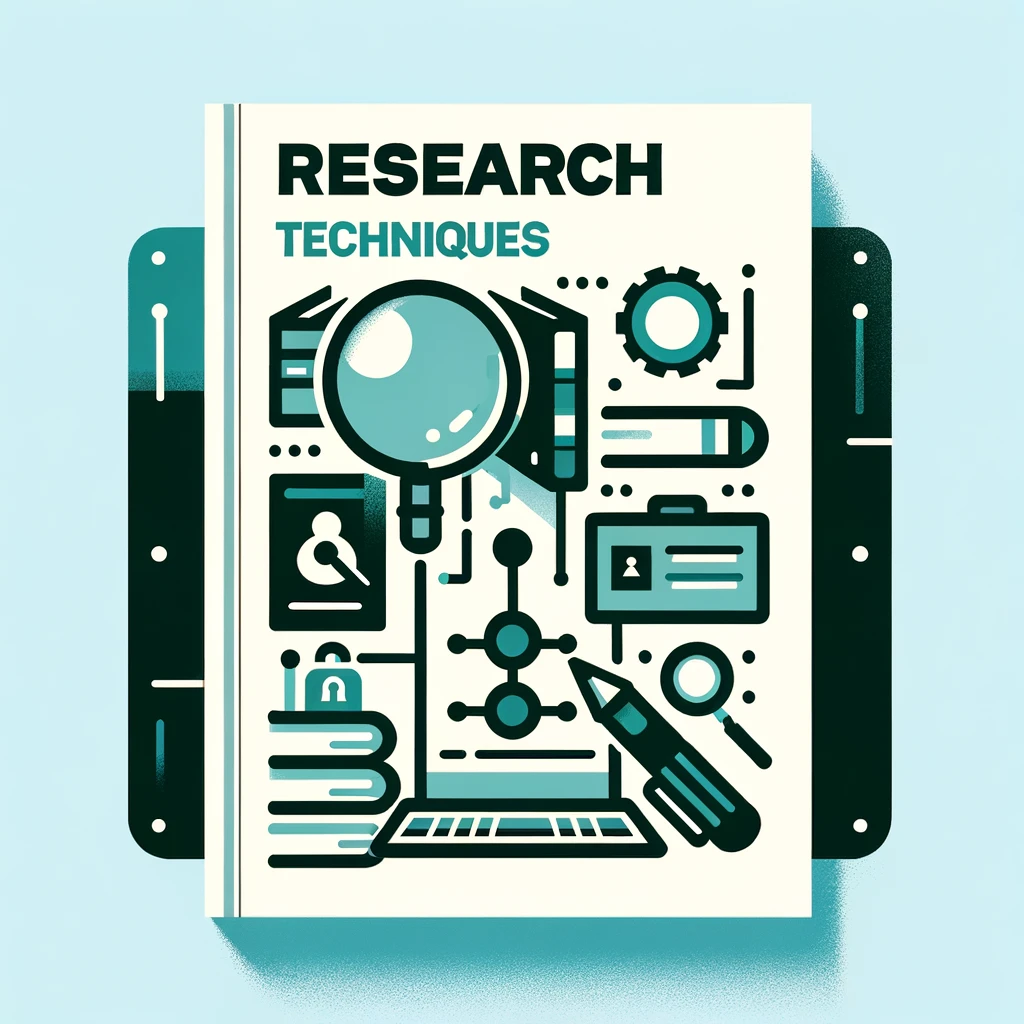
Technical documents are vital tools for conveying complex information in a clear, organized, and accessible manner. Whether it’s a manual, a report, or a white paper, the structure of these documents plays a crucial role in how effectively they communicate their message. This article aims to guide readers on how to effectively structure various types of technical documents, ensuring that they are not only informative but also engaging and easy to understand.
Common Types of Technical Documents
Technical writing encompasses a wide range of documents, each serving a specific purpose. Some of the most common types include:
- Manuals: These provide instructions or guidelines on how to use a product or perform a task. Manuals need a clear, step-by-step structure to guide the reader through the process.
- Reports: Technical reports convey information gleaned from research or analysis. They usually present a problem, detail the methods of analysis, and conclude with recommendations.
- White Papers: These are authoritative reports or guides that inform readers concisely about a complex issue and present the issuing body’s philosophy on the matter.
Elements of Document Structure
A well-structured technical document typically comprises three main elements: Introduction, Body, and Conclusion. Here’s how each part functions:
Introduction
- Purpose: Sets the stage for the document. It should clearly state the purpose of the document and what the reader can expect to learn from it.
- Background Information: Provides any necessary background information or context that the reader needs to understand the document.
- Overview: An outline of what the document will cover can help guide the reader’s expectations.
Body
- Organization: The body should be organized logically, whether it’s by steps in a process, topics, or subtopics. Each section should flow seamlessly into the next.
- Detailing: This is where the meat of the content lies. Detailed explanations, instructions, or information relevant to the topic should be clearly and concisely presented.
- Subheadings: Use subheadings to break down sections into manageable parts, making it easier for readers to process the information.
Conclusion
- Summarizing: The conclusion should summarize the key points or findings of the document.
- Recommendations or Next Steps: In cases like reports or white papers, concluding with recommendations or next steps can be effective.
- Call to Action: If applicable, a call to action can be included, directing the reader on what to do with the information they’ve just read.
The Use of Visuals and Diagrams
Visuals and diagrams play a significant role in enhancing the understanding of technical documents. They can:
- Break Down Complex Information: Diagrams, flowcharts, and graphs can simplify complex information, making it easier to comprehend.
- Enhance Engagement: Visuals can make documents more engaging and less monotonous, which is particularly important in lengthy technical documents.
- Aid Memory: People often find visual information easier to remember than text.
Conclusion
Effectively structuring technical documents is an essential skill for technical writers. It involves not only understanding the different types of documents and their purposes but also mastering the art of organizing content in a logical, coherent, and engaging manner. Incorporating visuals and diagrams can further enhance the clarity and impact of these documents. By following these guidelines, technical writers can ensure their documents are both informative and easy to navigate, thereby achieving the ultimate goal of clear and effective communication.



